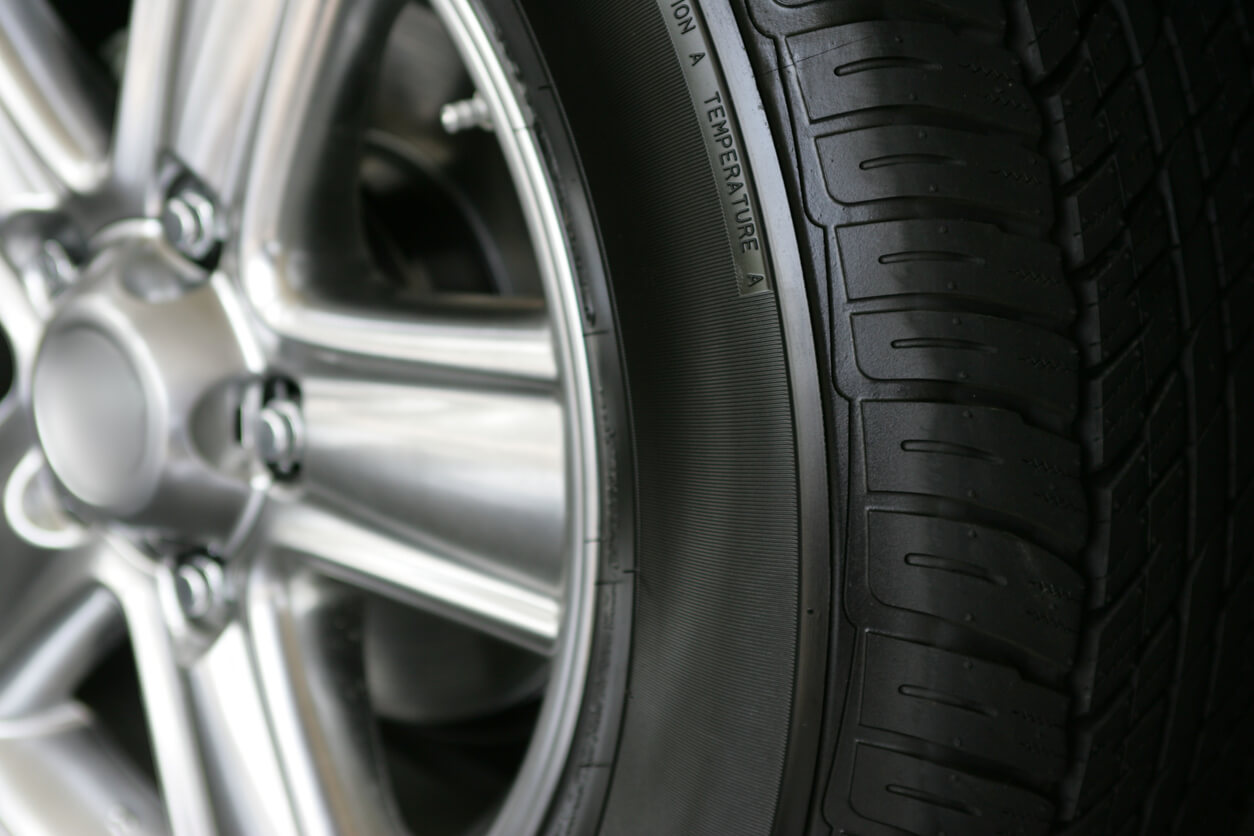Steel Rims vs. Aluminum Rims in Winter
If you’re a car owner, then you’re likely familiar with the importance of having reliable rims to get through the winter months. Two popular rim materials that are often debated are aluminum and steel. Whether aluminum or steel is better for your particular needs depends on several factors including climate, road conditions, expected performance, and budget. In this post, we compare both materials on their performance, so keep reading to see what’s right for your vehicle during those cold winter months.
Aluminum Rims in Winter
Aluminum rims (otherwise known as alloy rims) are built from a mixture of nickel and aluminum. Most rims that you’ll encounter today are aluminum alloys. They are strong, lightweight, and come in a range of finishes and sizes. But how do they perform in the winter?
Pros of Aluminum Rims
Aluminum rims are lightweight and won’t add too much weight to your vehicle. They also tend to look more modern and stylish than steel rims. Additionally, they have excellent heat dissipation qualities, which can help reduce brake wear during cold weather driving.
Cons of Aluminum Rims
The main con to aluminum rims in the winter is how they handle salt. If you live in an area that uses salt to de-ice roads (most places in Ontario), you will find aluminum rims are more susceptible to corrosion. Prolonged exposure to salt can result in pits on the rims, which have the potential to negatively impact their ability to hold air.
Typically, aluminum rims will have fewer spokes, which makes it easier for the snow to get inside the rim. If you have aluminum rims, you’ll need to stay on top of clearing them out before driving.
Steel Rims in Winter
Steel rims are built from a combination of iron and carbon. Steel rims tend to be heavier than aluminum rims, and they are also more durable and easier to repair and refinish. Steel rims are typically more affordable than aluminum rims, although there are fewer sizes and finishing options available. So how do they compare to aluminum rims in the winter?
Pros of Steel Rims
Unlike aluminum rims, steel rims have flatter exteriors with fewer holes or spokes. This means that less snow will push through the rims, and you won’t have to worry about constantly clearing snow from your rims — although you should still check them periodically.
Steel rims are much more durable than their aluminum counterparts. They can handle rough roads better without being damaged and they don’t require frequent balancing, due to their heavier weight. Additionally, because steel is stronger than aluminum, it tends to hold up better against corrosion caused by salt and other elements on the road during the winter months.
Cons of Steel Rims
Steel rims tend to look less modern and stylish compared to aluminum and they will add extra weight to your vehicle, due to their heavier construction. Additionally, because steel retains heat longer than aluminum, brakes may wear out faster in cold weather conditions due to increased heat buildup around them from the rim itself.
Both aluminum and steel wheels have their pros and cons depending on how you plan on using them in the winter months. We hope that this blog has helped you better understand the main differences between steel and aluminum rims so you can make an informed purchase decision! If you have any questions about rims for winter tires, contact the team at Logel’s Auto Parts today. We would be happy to show you our stock of steel and aluminum rims.









